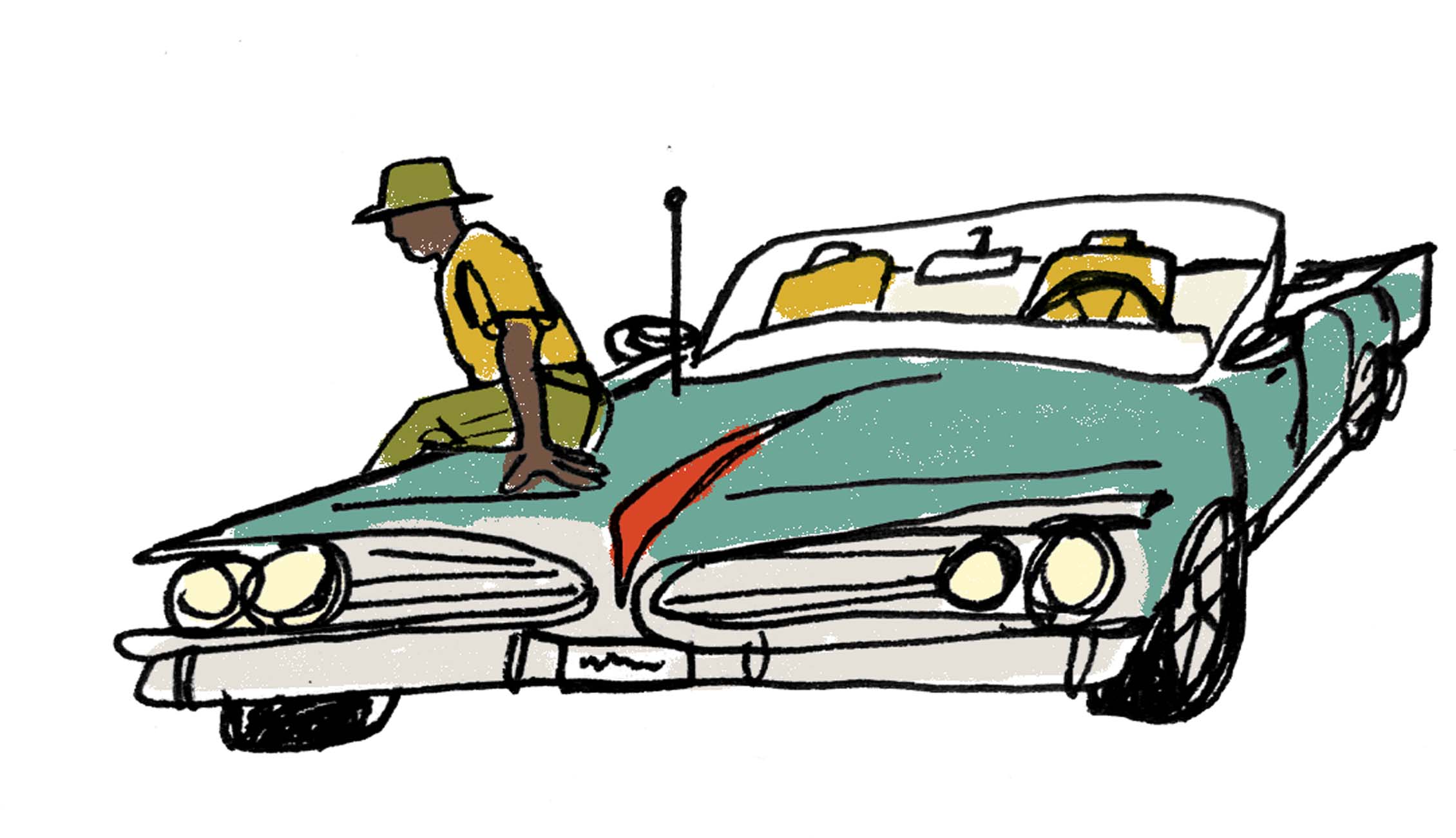
Whose culture gets preserved is based on the “importance” of that culture to the preserver… Ain’t it? Be real!
And still, despite all of the intentional obstacles placed in front of us, we became the most influential culture in the world. An influence that, in the digital age, is growing more rapidly than that of any culture in world history. Woww.
I spent the better half of the year quarantining in my hometown of Cincinnati, Ohio. Cincinnati is home of Nikki Giovanni, The Isley Brothers, Bootsy Collins, Funk music/culture, Union Terminal and… the busiest stretch of the actual Underground Railroad (safe houses and the National Underground Railroad Museum)…it’s wild!
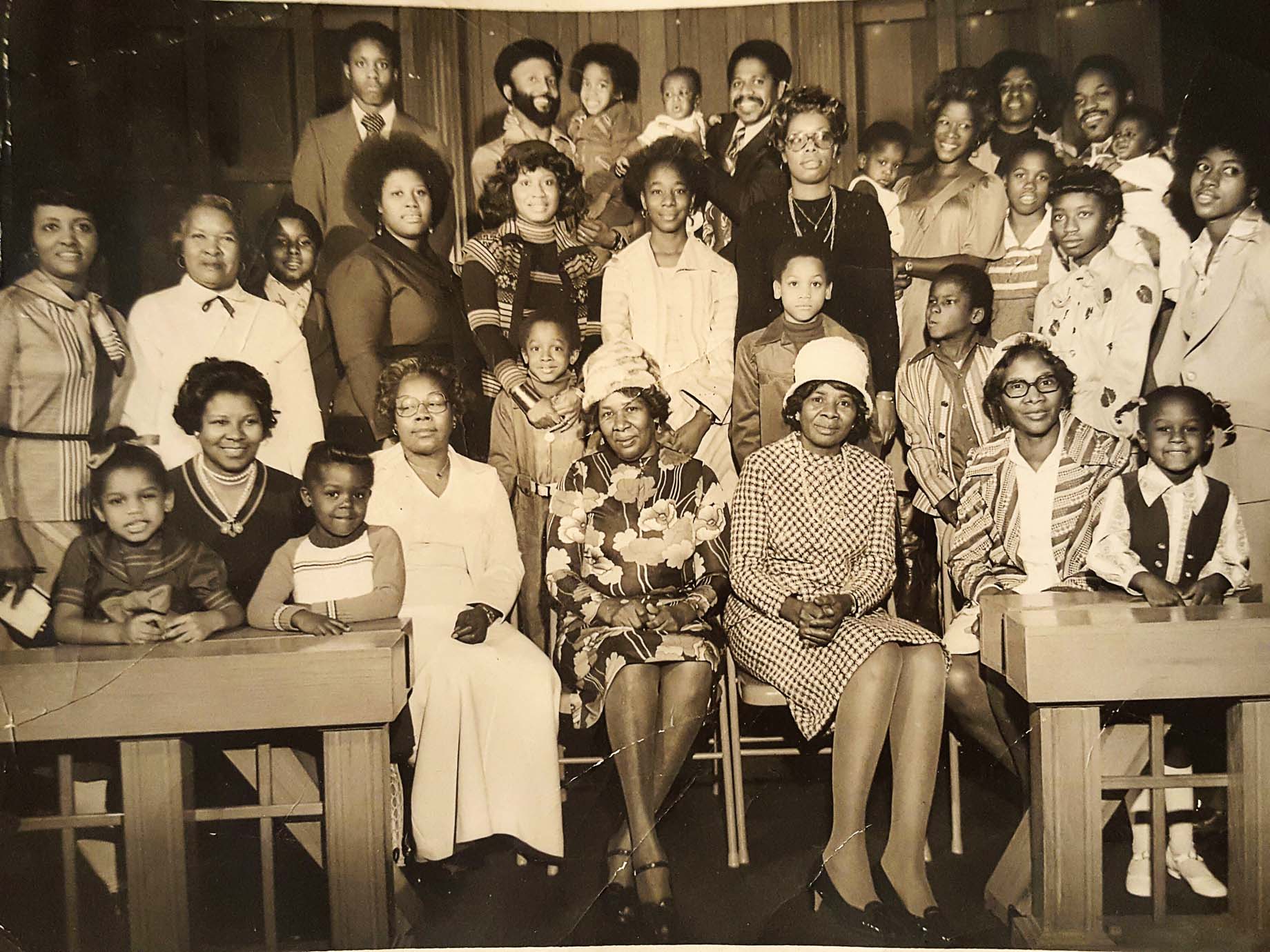
Fifty miles east of Cincinnati is the sleepy river town of Ripley, Ohio, where I’ve stayed most weekends since Juneteenth writing, creating and exploring… haha. Rosa Washington Riles (aka Aunt Jemima) is buried in this town and the John Rankin House, where Harriet Beecher Stowe found the inspiration for her 1852 novel Uncle Tom’s Cabin (America’s first bestseller and perhaps the pop culture catalyst that freed the slaves) is also in this town.
Before I knew it, spending time in THE NATI started to fuel my creative, spiritual and professional focus. By utilizing what I know moves my culture and makes my culture feeeeeeel, I use my platform, Hood Century, to encourage the youth to become active in protecting it by penetrating the sometimes boring, dry and dense world of preservation.
That big ol’ interest in the connection between arts, culture, housing and my family history turned into a real DISCOVERY for ya boy. I even found out that Cincinnati was the first city in North America to actually adopt a city plan. How f****** ironic is that? That discovery inspired me to dig into the origin of North America’s CITY PLANNING, given my family’s roots in the West End, and where our cultural development, identity and connection to housing come from in the US.

I hate when people say “it’s all by design”… even though it kinda is. In this case, LOCATION, LOCATION, LOCATION.
The year is 1935 and my grandmother is twelve years old and living in the Laurel Homes, one of America’s earliest public housing developments, just out of the throws of the Great Depression. It was considered luxurious for its time with a ten-year-long waiting list. It was also home to a young Bootsy Collins, and my pops. She’d just arrived from Georgia during the very beginning of the Industrial Revolution to the city’s West End, a period that planning experts consider to depict the worst living conditions for African Americans in the history of the nation at the time in 1906.
Neither my grandmother (nor Bootsy) knew anything of the plan to clear the slums that would later set the stage for many others of its kind. That clearing would slowly begin to erase the new identity she was building in Cincinnati, along with 137 food stores, 118 bars and restaurants, eighty-six barber shops/beauty parlors, eighty churches and over 11,535 total units.
The first place that my grandma and her family went to in the city was Revelation Baptist Church. Y’all know how much the church means to the Black community… now put that in the 1930s and of course it’s even more amplified. The church would go on to be bulldozed twice in its ninety-seven-year history. The second time was in April of this year. That’s crazy, I actually just put that together as I was writing this. Whoa.
During the formative years of the Laurel Homes, Revelation, located right across the street, was the “home base” for this community and Sundays were packed with Laurel Homes residents. In the early 2000s, when the Laurel Homes started to be torn down by the city, along with the community as we knew it, so did the congregation’s attendance. Now, ain’t no projects, ain’t no community and the Major League Soccer team needs your land for a stadium!
“ALL OCCUPANTS OF THIS PROPERTY MUST MOVE”-type shit.
The efforts to wipe out the slums through comprehensive planning made sense in the context of the University of Chicago’s sociology department. The Chicago School of Thought was the authority on city planning at that time, and its members proposed the sociological theory that the slums were hopeless, and that its residents were “so demoralized they could never become good citizens.” Cincinnati’s planners would standardize this philosophy at a federal level, dooming neighborhoods across the country for years to come.
It wasn’t all bullshit, though—they also claimed that cultural groups derive their identity, behavior and characteristics from their history and experience in a particular place.
What identity, behavior and characteristics come from years of displacement, fam?
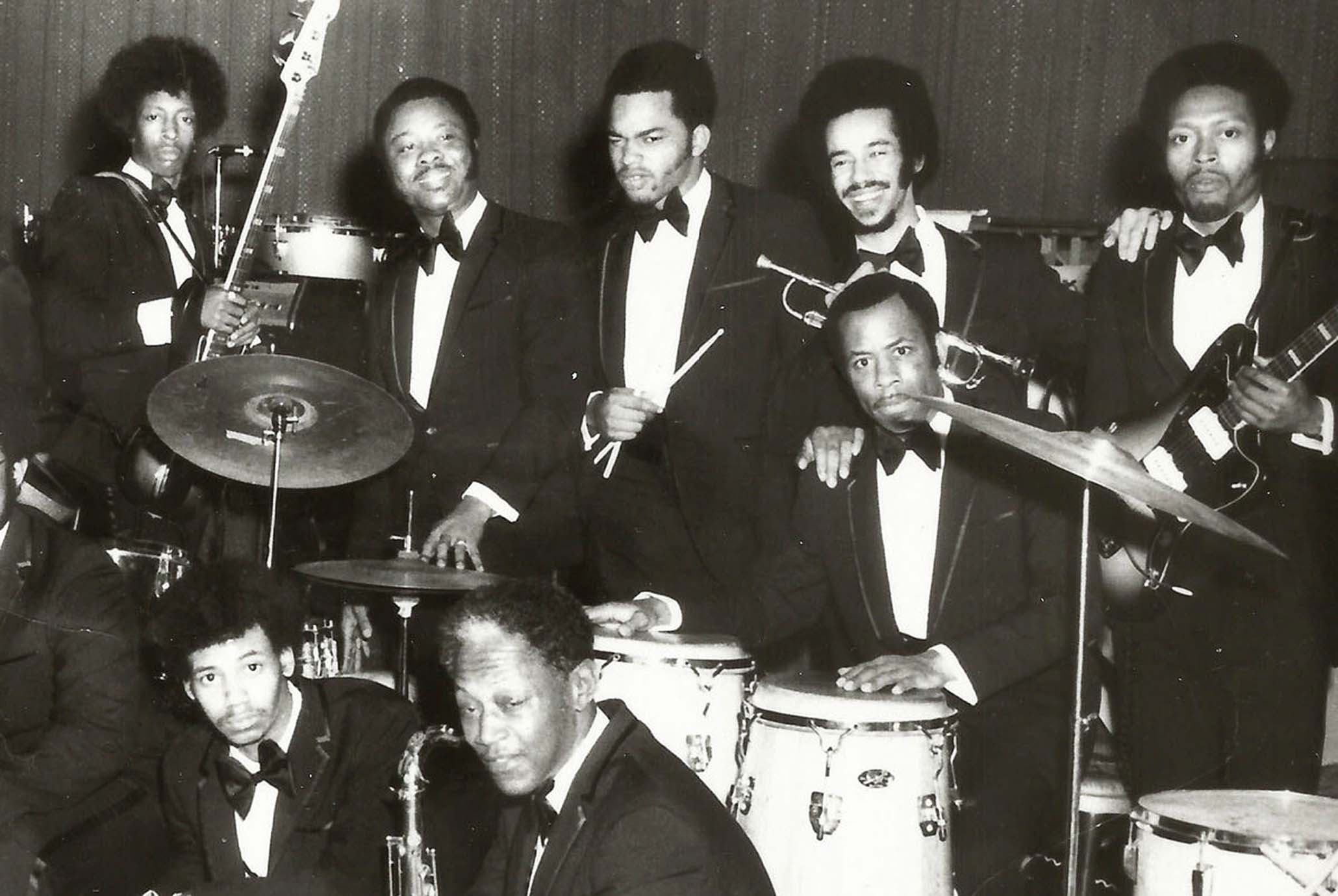
Less and less with each move.
So much less, that when I drive by my church now, nothing is there—it’s a parking lot for that stadium I just mentioned.
So, what now?
The Nati was the first place in America to offer public housing to low-income families via Jacob Godfrey Schmidlapp’s Cincinnati’s Model Homes Co.—and it actually worked! At that time, landlords gobbled up a third of a worker’s wage, while this model’s method was one day’s wage = one week’s rent. It also gave early social impact investors a 5% return on their investment and operated a co-op grocery store that paid back its profits to tenants through dividends.
One of the things that I was hesitant to write about, but I also feel is necessary to address, is knowing the desires of the “other side.” Is it beneficial for us to partner with them when their goals have nothing to do with preserving and protecting our heritage, and more to do with profit, even when it yields decent results (aka home ownership for us, etc.)?
It’s a tale as old as time: the wealthy use the disadvantages of other groups to generate and offer “solutions” that fill their pockets under the guise of philanthropy and ethics. These people weren’t saints! A big reason Lincoln ended slavery was because America needed more manpower to drive its economic ambitions—but shit, that “freed” us. Just like Lincoln, Schmidlapp created Model Homes Co. because he believed that doing so would “remove a potentially disruptive force” and promote social stability.
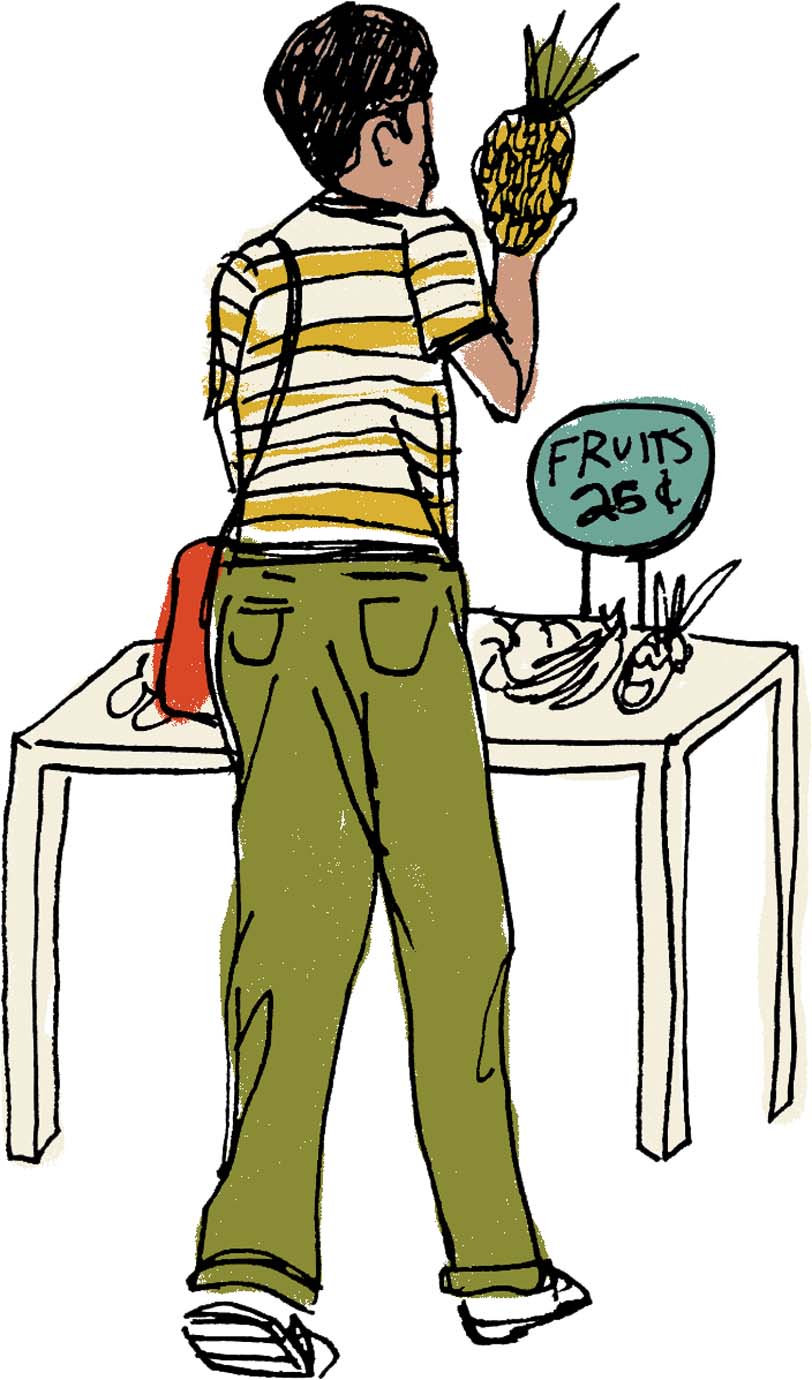
Would you partner with Lincoln or Schmidlapp now?
In June of 2019, my brother and I closed on a historically preserved residential Italian duplex built in 1861. It’s a symbol of our family’s purpose: a big “F U” to our housing conditions in the same neighborhood almost 100 years earlier. With home ownership becoming even more difficult in today’s economic climate for people who come from where we do, buying real estate is a major step.
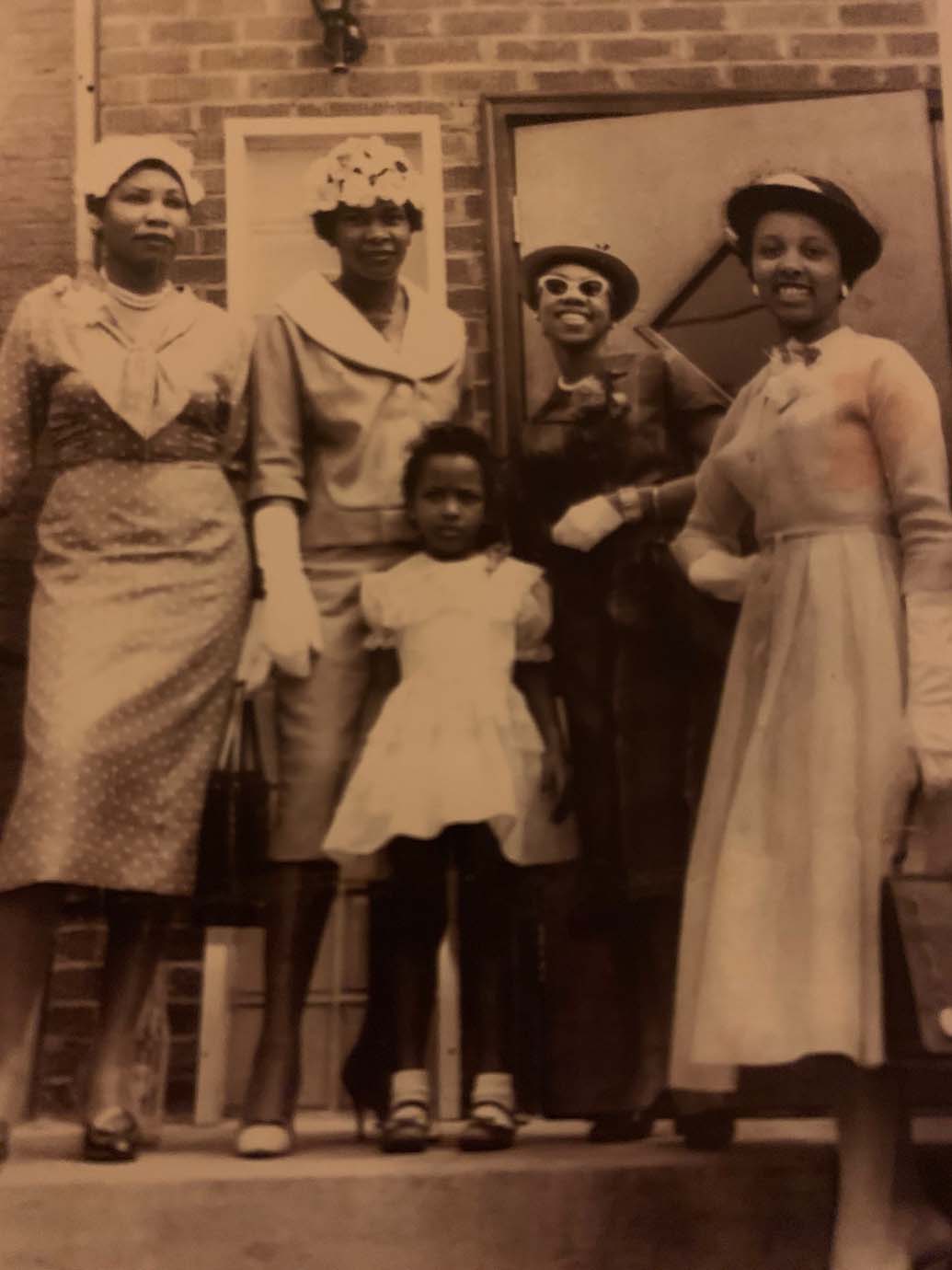
Brands are finally starting to put their money where their mouths are, especially now that millennials and Gen-Z kids are renowned for being socially conscious. I wonder who will be the first to make a huge, trendy “yes, pop culture” drive at housing reform, while supporting the preservation of the Black family and its identity. And, even if they do it, how can we guarantee that they’d use the same care and diligence that we would for our own people?
Whose job is it to preserve our culture? Especially when the people and organizations meant to do it don’t (always), or have even been part of the deliberate hiding, the silencing, the destruction of it?? It’s our job, my Gs. And I’m not one to tell you how you should feel, BUT, you should be happy about that, because nobody can preserve what’s ours quite like us.
—COOP

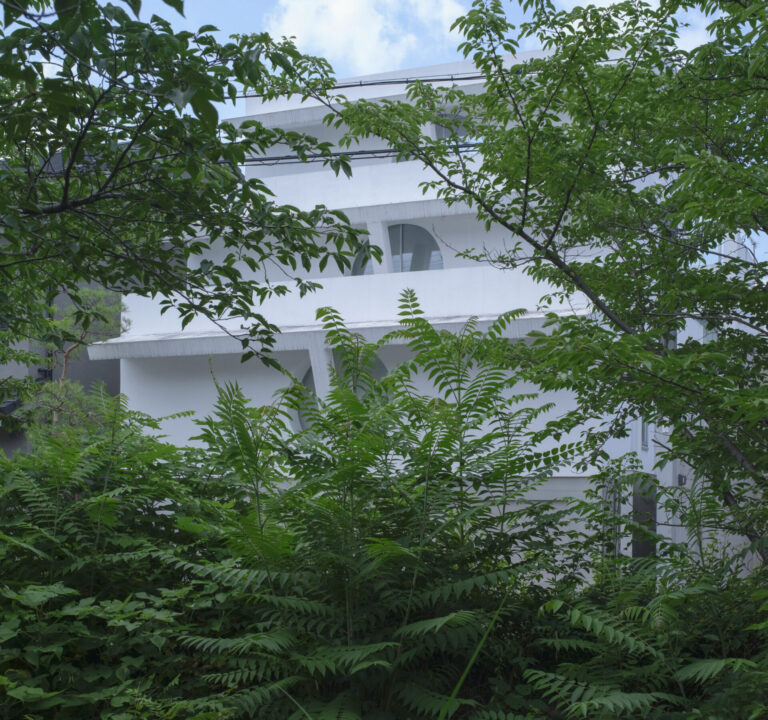








 in your life?
in your life?

